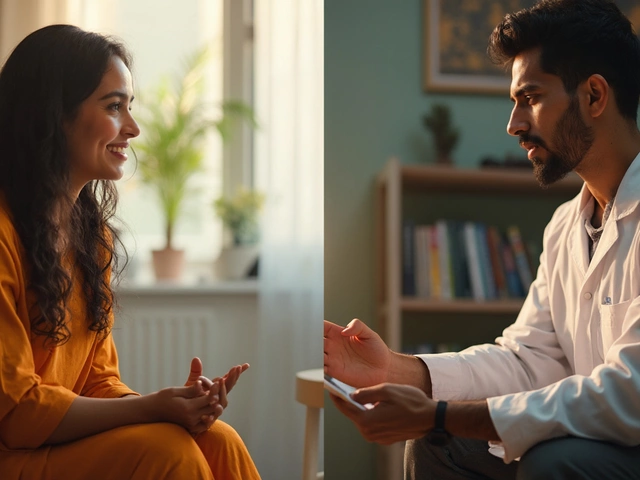Healthcare Travel: How to Make Your Medical Trip Safe and Smart
Going abroad for treatment can feel like a big adventure, but it also brings a lot of questions. From choosing a hospital to packing the right meds, every detail matters. This guide breaks down the most important steps so you can focus on getting better, not worrying.
Planning Your Medical Trip
Start with research. Look for hospitals that have international accreditation, such as JCI or NABH, and read patient reviews. If a clinic mentions a high rate of drug‑related complications, take it as a red flag – your safety comes first.
Next, check your insurance. Some policies cover only local care, while others include a worldwide clause. Call your insurer, ask for a list of approved providers, and confirm what the out‑of‑pocket cost will be.
When you pick a destination, think about language, travel distance, and follow‑up care. India, Thailand, and Turkey are popular for affordable procedures, but they also have strong networks of English‑speaking doctors, which makes communication easier.
Write down a medication list. Include every pill, supplement, and dosage you take at home. Bring a copy of your prescription and a doctor’s note that explains why you need each drug. This helps local pharmacists avoid dispensing the wrong medicine and reduces the risk of toxic interactions.
Finally, plan your travel dates. Give yourself at least a three‑day buffer before the procedure to adjust to the new environment and recover from jet lag. This extra time can lower stress and improve the outcome of the treatment.
Staying Healthy While Abroad
While you’re away, follow a few simple habits to keep your body in a good state. Drink bottled or filtered water, avoid raw foods that might carry bacteria, and wash your hands frequently. These steps protect you from infections that could complicate recovery.
Keep a small medical kit with you. Pack basic items like band‑aids, antiseptic wipes, and any over‑the‑counter pain relievers you’re used to. If you have a chronic condition, bring a backup supply of your regular medication – you never know when a pharmacy might run out.
Stay in touch with your home doctor. Send them copies of your test results and post‑procedure notes. A quick video call can help catch any side effects early, especially if you’re taking drugs that have known toxic risks.
After the procedure, follow the after‑care plan exactly. That means taking prescribed antibiotics for the full course, attending all follow‑up appointments, and not rushing back into heavy activities. If you notice any unusual symptoms – like a rash, fever, or severe pain – contact the local medical team right away.
Traveling for healthcare doesn’t have to be scary. With solid research, proper insurance, and a clear plan for meds and after‑care, you can get the treatment you need while staying safe. Remember, the goal is to come back home healthier, not just to check a box on a travel bucket list.

Discover the #1 Hospital in the World for Medical Tourism
Finding the best hospital for medical tourism can significantly impact your treatment outcome and overall experience. This article delves into the top-ranking hospitals worldwide, highlighting their specialties, the reasons they stand out, and practical insights for prospective patients. Whether you're considering surgery or a wellness retreat abroad, knowing the best global hospitals can guide your decision. Understand the factors that contribute to a hospital's world-class status and get tips on planning your medical journey.

Does Therapy for Mental Health Really Work?
Mar, 2 2025

How Soon Can You Do IVF After Having a Baby?
Mar, 20 2025


